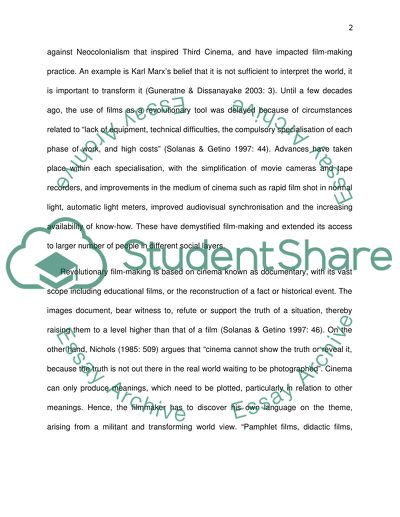Cite this document
(“Contemporary Activist FillmmakersUse New Media Technology to Essay”, n.d.)
Contemporary Activist FillmmakersUse New Media Technology to Essay. Retrieved from https://studentshare.org/visual-arts-film-studies/1440366-contemporary-activist-fillmmakersuse-new-media-technology-to-democratise-film-production-distribution-and-exhibition
Contemporary Activist FillmmakersUse New Media Technology to Essay. Retrieved from https://studentshare.org/visual-arts-film-studies/1440366-contemporary-activist-fillmmakersuse-new-media-technology-to-democratise-film-production-distribution-and-exhibition
(Contemporary Activist FillmmakersUse New Media Technology to Essay)
Contemporary Activist FillmmakersUse New Media Technology to Essay. https://studentshare.org/visual-arts-film-studies/1440366-contemporary-activist-fillmmakersuse-new-media-technology-to-democratise-film-production-distribution-and-exhibition.
Contemporary Activist FillmmakersUse New Media Technology to Essay. https://studentshare.org/visual-arts-film-studies/1440366-contemporary-activist-fillmmakersuse-new-media-technology-to-democratise-film-production-distribution-and-exhibition.
“Contemporary Activist FillmmakersUse New Media Technology to Essay”, n.d. https://studentshare.org/visual-arts-film-studies/1440366-contemporary-activist-fillmmakersuse-new-media-technology-to-democratise-film-production-distribution-and-exhibition.


